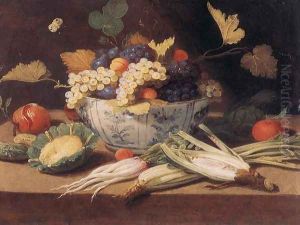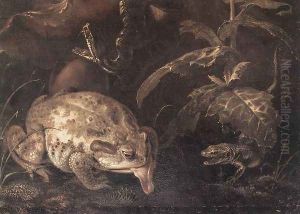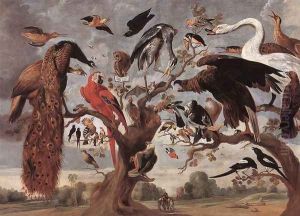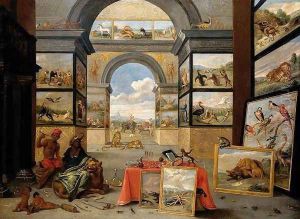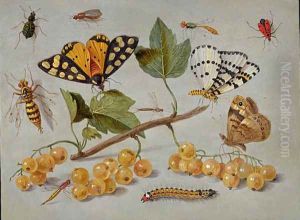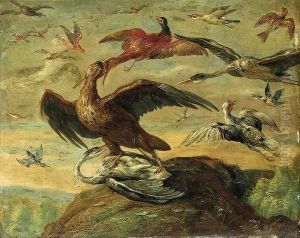I Jan Van Paintings
Jan van Eyck, born around 1390 and deceased in 1441, was a pivotal figure in the Northern Renaissance art movement. Originating from the Low Countries, which today encompasses modern Belgium, the Netherlands, and Luxembourg, Van Eyck is often hailed as one of the earliest and most significant representatives of Early Netherlandish painting. His contributions to the development of oil painting techniques have had a lasting impact on the evolution of Western art.
Van Eyck's early life is shrouded in mystery, with little known about his upbringing or training. However, it is widely believed that he was born in the town of Maaseik, in present-day Belgium. By the early 1420s, Van Eyck was employed at the court of John of Bavaria, Count of Holland, in The Hague, where he worked as a court painter and valet de chambre. His career took a significant turn in 1425 when he entered the service of Philip the Good, Duke of Burgundy, one of the most powerful patrons of the arts in Europe at the time. This position allowed Van Eyck to travel extensively, including diplomatic missions to Portugal and Spain, which further influenced his art.
Jan van Eyck is best known for his detailed panel paintings and portraits, which are characterized by their intricate detail, use of vibrant colors, and pioneering use of oil-based paints. His most celebrated work, the 'Ghent Altarpiece' or 'The Adoration of the Mystic Lamb,' completed in 1432 for the cathedral of Saint Bavo in Ghent, is renowned for its complex iconography and innovative use of oil paint, which enabled Van Eyck to achieve unprecedented levels of detail and luminosity. Other notable works include 'The Arnolfini Portrait' (1434), which has been widely analyzed for its iconography and complex symbolism, as well as its extraordinary attention to detail, such as the reflection in the mirror that shows the back of the scene, including the artist himself.
Van Eyck's legacy is profound, not only for his mastery of oil painting but also for his detailed observation of the natural world and his ability to infuse his works with a deep sense of realism and humanity. His techniques and approaches influenced countless artists of his time and later generations, helping to usher in a new era of art in Northern Europe that would eventually spread throughout the continent. Jan van Eyck's death in 1441 marked the end of an era, but his innovations and masterpieces continue to inspire and captivate audiences around the world.
